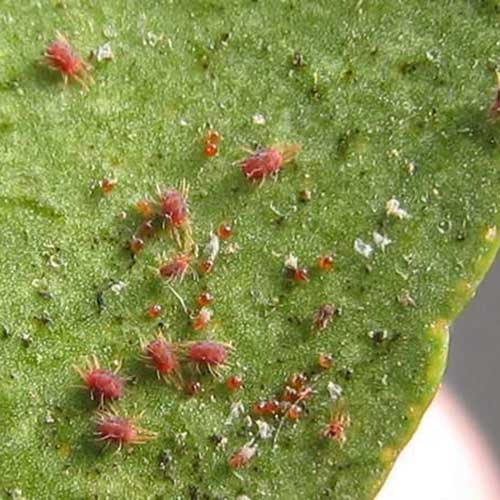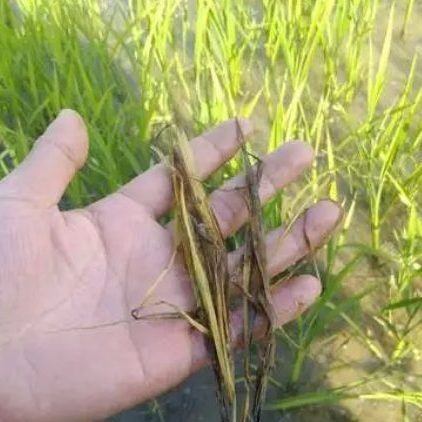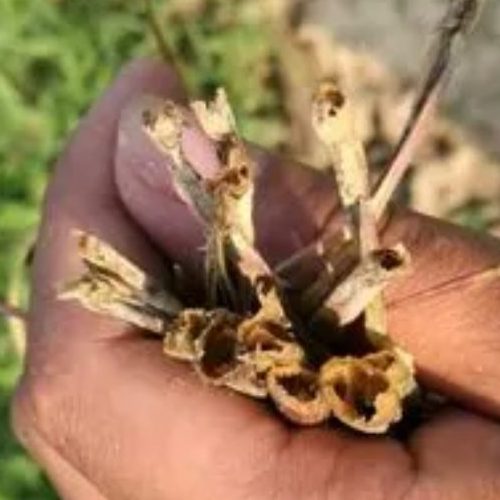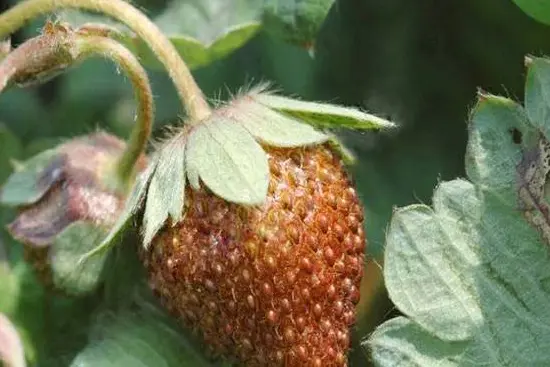
Shijiazhuang Youge Biotechnology Co., Ltd.: Only produces high-quality pesticide products to make farming easier for farmers around the world!
Product Catalog
Emamectin Benzoate
Spinosad
Bacillus thuringiensis
Spirodiclofen
Pyridaben
Etoxazole
Hexythiazox
Bifenazate
Propargite
Amitraz
Lufenuron
Thiamethoxam
Acetamiprid
Imidaclorprid
Nitenpyram
Flonicamid
Dinotefuran
Permethrin
Cypermethrin
Alpha cypermethrin
Beta cypermethrin
Fenvalerate
Lambda-cyhalothrin
Bifenthrin
Beta-cyfluthrin
Deltamethrin
Carbofuran
Carbosulfan
Methomyl
Carbaryl
Oxamyl
Chlorpyrifos
Dimethoate
Malathion
DDVP
Triazophos
Profenofos
Phoxim
Acephate
Fenitrothion
Diazinon
Monosultap
Cartap
Thiocyclam-hydrogen-xalate
Cyromazine
Pyriproxyfen
Tebufenozide
Buprofezin
Pyrethrins
Indoxacarb
Spirotetramat
Chlorfenapyr
Pymetrozine
Fipronil
Metaldehyde
Tebuconazole
Difenoconazole
Propamocarb
Penconazole
Mancozeb
Pyraclostrobin
Thiophanate methyl
Carbendazim
Chlorothalonil
Hexaconazole
Propineb
Dimethomorph
Propiconazole
Tricyclazole
Metalaxyl-M
Metalaxyl
Hymexazol
Copper oxychloride
Copper hydroxide
Benomyl
Flutriafol
Fosetyl-aluminium
Kresoxim-methyl
Triadimefon
Iprodione
Procymidone
Isoprocarb
Triadimenol
Streptomycin sulfate
Prochloraz
Fludioxonil
Prothioconazole
Boscalid
Thiram
Cymoxanil
Leave your message
Best spring weed control for plants
As hibernating nature gradually wakes up. Spring has become a critical season for crop planting and field weed reproduction. Effective weed control in spring is vital to ensure optimal crop growth and prevent widespread infestations. In this article, we’ll look at three key aspects of spring weed control.


Physical Weeding Method
The simplest and most traditional method is to remove weeds manually using a tool such as a hoe. However, this method can be primitive and sometimes harmful to crops, especially when weeds have already grown. Another physical method is to use weed control fabrics. By laying a layer of fabric infused with herbicides into the soil where crops are grown. If you do this, you can effectively prevent the growth of underground weeds and allow crops to grow lushly.
Chemical Weeding Method
A widely used chemical method is the use of herbicides. These substances are effective against a variety of weeds. Just carefully control concentration and quantity to avoid damage to crops. Another chemical approach involves using amino acids in weed-infested fields. This not only improves soil quality but also acts as a weed suppressor. Although this method is still in the experimental stage, it shows promising results.
Biological Weeding Methods
This method uses the natural antagonistic relationship between plants to suppress weed growth. For example, sunflowers can inhibit the growth of hogweed. Planting sorghum can suppress weeds such as barnyard grass and foxtail grass. Exploiting competition and antagonism between plants has proven to be an effective strategy for eliminating weeds. Weed control minimizes competition for resources such as water, nutrients, sunlight and space, promoting strong crop growth.
Timing and moderation are key
In summary, spring weed control is the foundation for effective management of weed problems. The key is to use multiple methods wisely and at the right time. Whether through physical, chemical or biological means, timely and appropriate weed control measures will create a favorable environment for crop growth. With spring here, let’s adopt these strategies to ensure a lush lawn and a bountiful harvest.





